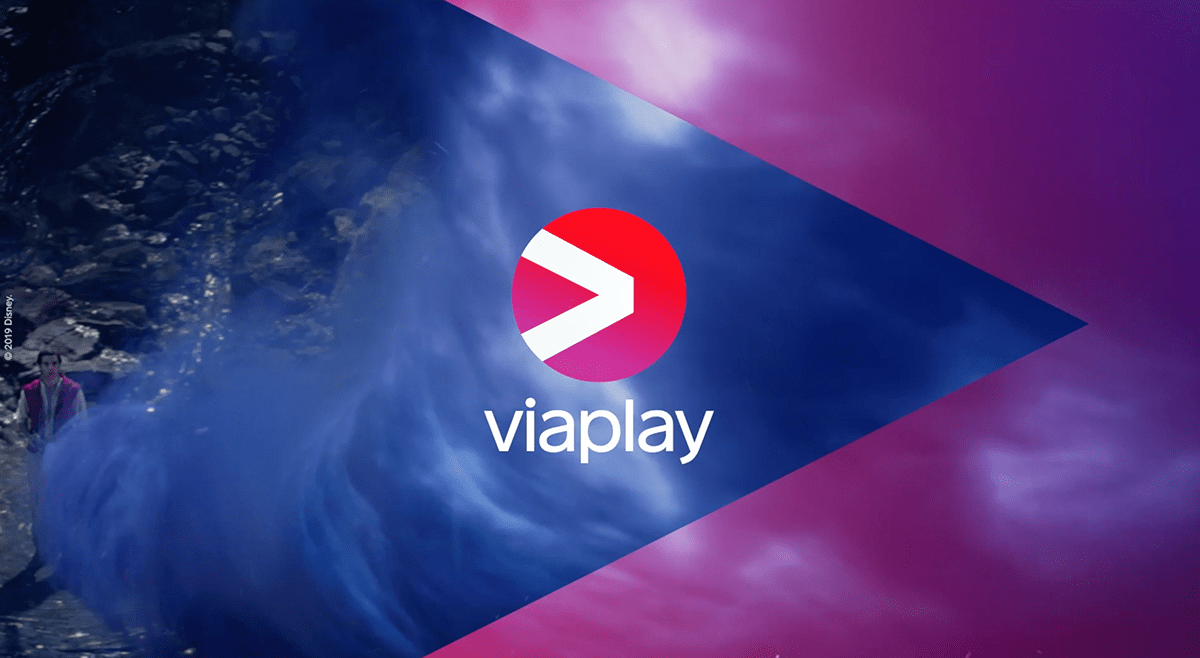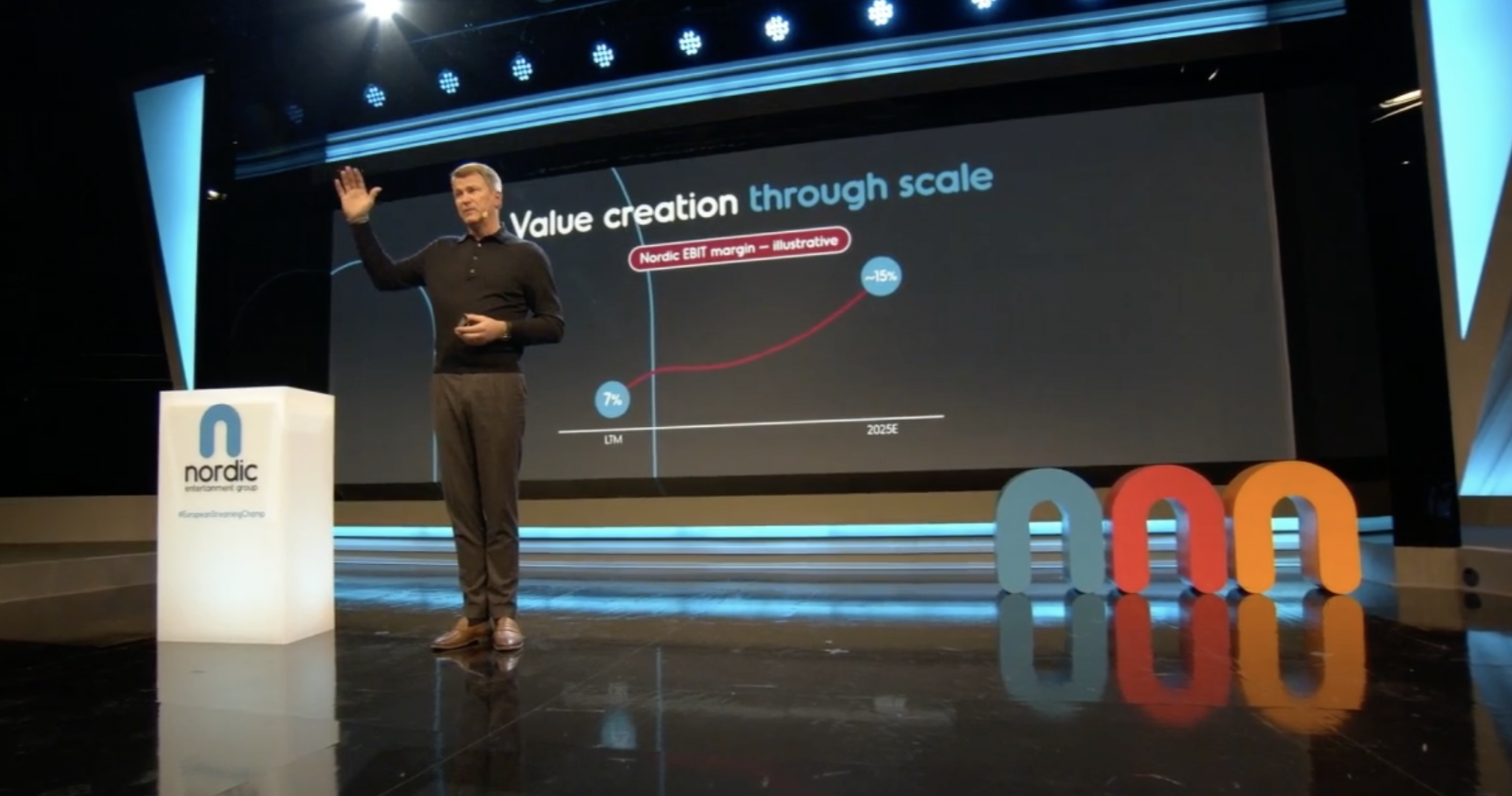
After more than 40 years of operation, DTVE is closing its doors and our website will no longer be updated daily. Thank you for all of your support.
How European media groups are adapting to the OTT present in 2021

You would perhaps be forgiven for overlooking Europe as the TV industry continues its rapid transformation towards OTT.
Industry talk has, in recent years, been dominated by US players. Whether it is in the positive sense – such as the 100-plus million subscribers amassed by Disney+ since its November 2019 launch – or in the comically negative – like the disastrously short-lived experiment that was Quibi – most industry chatter seems to be based around what the Americans are doing in the OTT space and their global plans.
Assuming that such companies will steamroll their European competition into oblivion however would be to do a great disservice to the work being done on the continent by operators looking to thrive in this ever-changing environment.
And this is indeed an environment that is changing.
As described in a recent Berenberg report entitled Media Broadcasters – On demand in demand: “Pandemic aside, it is well understood that linear TV is in underlying structural decline.”
Many European broadcasters, while offering OTT components as a complement to their core businesses, have been slow to adapt when compared to the explosive growth of the US Netflix and lack the resources to rapidly scale like a Disney.
As the old aphorism goes, when a door closes a window opens, and, as the Berenberg report says, “structural opportunity is presented in digital” for broadcasters and operators whose linear businesses have suffered in recent times.
Investments in digital pay off for RTL
One European operator whose more recent strategic shifts towards OTT have paid off is the media giant RTL.
The company this week announced the addition of more than half a million new paying streaming subscribers in Q1 2021. The number of paying subscribers to its TV Now service in Germany doubled over the year from 857,000 in March 2020 to 1.718 million at the end of the most recent quarter. Meanwhile its Dutch service Videoland grew 38% year-over-year to 1.006 million.
 The figures are not to the stratospheric level reported by the likes of Disney, Netflix, Amazon et al., but are positive considering the relative size of their respective markets. (The Netherlands, as per Statista, had 6.7 million broadband households at the end of 2019, while there are a total of 39.7 million broadband households in Germany.)
The figures are not to the stratospheric level reported by the likes of Disney, Netflix, Amazon et al., but are positive considering the relative size of their respective markets. (The Netherlands, as per Statista, had 6.7 million broadband households at the end of 2019, while there are a total of 39.7 million broadband households in Germany.)
Certainly, RTL is satisfied with its strategy and believes that it is paying off. CEO Thomas Rabe told analysts that the increasing numbers “demonstrates how our streaming investments in content, marketing and technology – and our strategic partnerships – boost our progress towards creating national streaming champions.”
RTL is one example of a company looking to expand streaming within its current markets, but a firm that is taking a much more aggressive approach to expansion is Nordic Entertainment Group (NENT Group).
Local strength in the Nordics
Under the guidance of charismatic CEO Anders Jensen, the company is in the midst of a massive international rollout of its Viaplay streaming service. The €9.99 per month service launched in the Baltics in March, and will expand to 10 international markets by the end of 2023. That rollout even includes the US, and it will be fascinating to see how Viaplay and its wealth of ‘nordic noir’ dramas will fare against the prestige TV-offering likes of HBO Max and Paramount+.
Viaplay’s current position is strong. In its currently available markets, the streamer has 3.147 million subscribers with an addition of 127,000 subscribers in Q1.
The streamer’s dominance in the Nordics is down to a number of factors.
One of them has been its prolific buying up of sports rights. If you are a resident in the Nordics and a fan of Europe’s top football leagues such as the German Bundesliga, English Premier League or UEFA Champions League, you will have to sign up for Viaplay. This is a strategy which the company has carried out to other regions such as the Baltics and Poland, but will not be maintained in the highly competitive US market.
Speaking last year, Jensen described NENT as being in a “uniquely strong position” with “probably the strongest sports portfolio in the world,” and it would be hard to disagree given the huge investment made in the space.
Another factor, as pointed out in the Berenberg report, is simply a lack of competition. It notes: “Prime Video is not considered a key competitor to Viaplay at present, as Prime memberships are not available in the Nordics, the Baltics, or Poland.”
In addition, a number of reports over the past few years from the likes of Ampere have shown that Netflix’s penetration in the Nordics is far lower than in the rest of Europe due to a strong presence of local players like Viaplay.
As Berenberg surmises: “We see NENT (through Viaplay) as the best and only European option for investors to gain positive exposure to the underlying structural growth in the SVOD market.”
Joint-ventures struggles
While some broadcasters may feel confident in their ability to go it alone, others believe that strength in numbers is the best approach to secure a positive OTT business.
The highest profile joint-venture streamers in Europe are arguably BritBox (a JV of BBC and ITV, with additional content from Channel 4) and French streamer Salto (made up of M6, TF1 and France Televisions).
While BritBox has existed for some time in the US as a niche offer largely directed towards Anglophiles and expats, its late-2019 launch in the UK is what has made it into a factor in Europe.
After 18 months however, the streamer does not appear to be in a particularly strong position. As Berenberg notes, “The recently disclosed 500,000 number is disappointing, in our view, as it implies a UK penetration rate of 2.6%, putting it behind ITV’s other SVOD platform ITV Hub+, the premium offering of its AVID platform.”
 The report also cites an Ofcom report which found that one-third of current subscribers plan on canceling their subscription within the next three months. Many of these users will have received an extended six-month free trial via BT.
The report also cites an Ofcom report which found that one-third of current subscribers plan on canceling their subscription within the next three months. Many of these users will have received an extended six-month free trial via BT.
For its part, ITV CEO Carolyn McCall recently stated that the broadcaster is satisfied with its efforts and that it is “very happy” with the half a million subscriber milestone.
Salto meanwhile is much more nascent, having launched in November 2020. The service amassed 200,000 subscribers within its first three months, but it is still too early to determine whether Salto has the legs to be a success.
Unlike Viaplay however, both Britbox and Salto are arguably less in competition with the likes of Netflix and instead with ad-supported streamers that are increasingly gaining traction.
Such services are well-established in the UK, with ITV Hub and Channel 4’s All 4 commanding strong audiences, while French streamer Molotov complements its subscription-based business with a free tier. These also face stiff US competition as ViacomCBS continues to expand AVOD Pluto TV (most recently launching in France in February).
As far as future plans for pan-European efforts from other companies, the announced truce between Vivendi and Mediaset should allow the latter to transfer its headquarters to the Netherlands with the possibility of revisiting its MediaForEurope plans.
While the commercial benefits of both SVOD and AVOD will be circumstantial based on the requirements of specific markets, investment in OTT and digital platforms is undoubtedly the future of the industry. Investment will benefit broadcasters and operators, but they must be acutely aware of their competition and the requirements of their desired audience.



